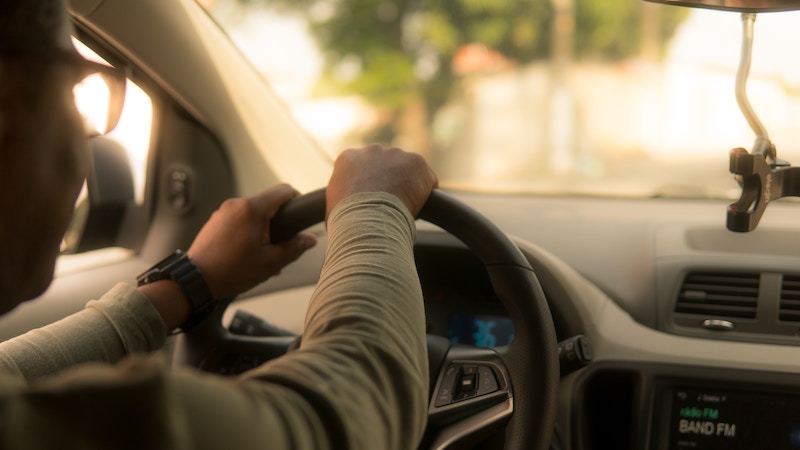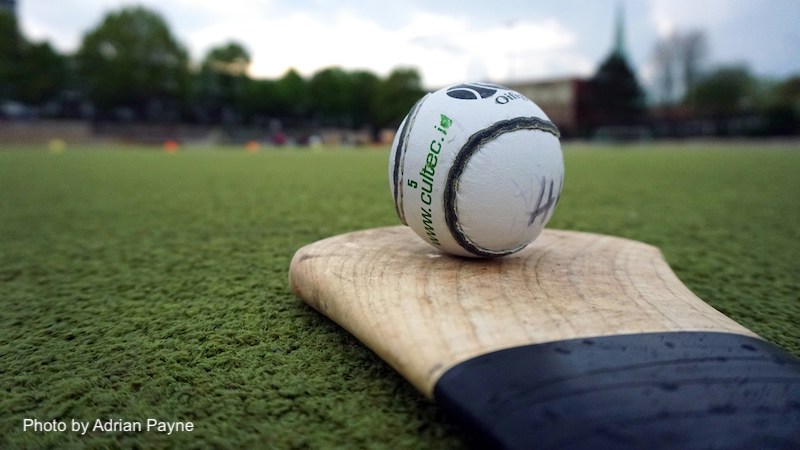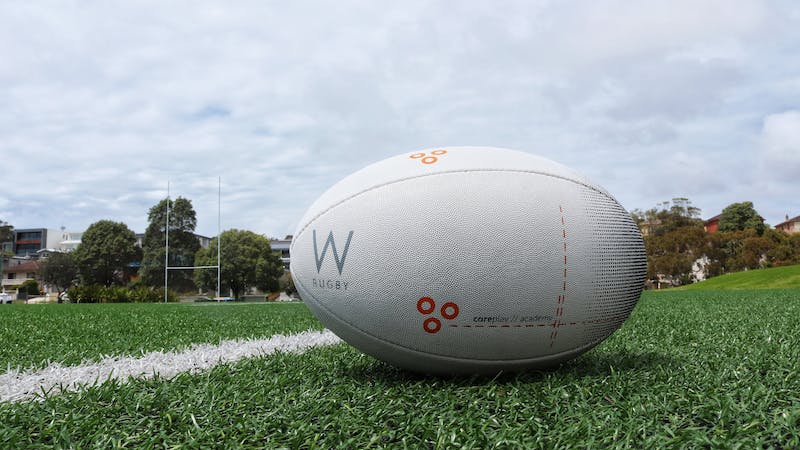What are the rules around driving with a pacemaker? This blog explores some of the answers.
If you’re due to have a pacemaker fitted over the next few months, you may be wondering how it will affect your ability to drive here in Ireland. How soon can you get back on the road after your procedure? And do you need to tell the NDLS (National Driver Licence Service) about it?
In truth, it’s a complex issue with different rules and regulations depending on your personal situation. So it’s essential to discuss it with us, or your doctor, first. But here are some pointers that may be useful.
Can I drive myself home after the fitting?
In a word: no. Although most pacemaker fittings are carried out with a local anaesthetic, you can’t drive a vehicle immediately afterwards. Most patients are able to go home the same day as their operation. But you’ll need to arrange for someone to transfer you from the hospital.
How long will I have to wait?
If you have an ordinary driving licence, you can normally resume driving one week after your fitting. But there are some caveats. As the Health Service Executive (HSE) explains, this applies as long as:
- you do not have any symptoms, such as dizziness or fainting, that would affect your driving
- you have regular check-ups at the pacemaker clinic
- you have not recently had a heart attack or heart surgery
What happens if I have a “Group 2” licence?
The rules are slightly different if you have a licence to drive a bus or truck, which are seen as higher-risk vehicles. The Road Safety Authority (RSA) says you aren’t permitted to drive for 4 weeks after having a pacemaker implant for a cardiovascular disorder. You’ll also need to get medical authorisation before driving again. For more detail, see the RSA website.
Do I need to tell the NDLS about my pacemaker?
This depends on why you’re having a pacemaker; some heart conditions will disqualify you from driving altogether – for instance, if you have an arrhythmia that has caused incapacity (or is likely to cause incapacity). Depending on your situation, you may not need to inform the NDLS afterwards. But it’s important to get detailed advice from us or your doctor first.
If I have to tell the NDLS, how do I do that?
First, you need to ask your doctor to help you complete a Medical Report Form (you can view the form here). They’ll examine you, complete and sign the form, and witness your signature. You then need to submit your form to the NDLS within a month. You can do this in person at an NDLS centre. Just book an appointment beforehand, and bring your ID, fee and the signed form with you.
What if I need to apply for a new licence?
Once you’ve been fitted with a pacemaker, you will need to declare it to the NDLS when you apply for or renew a licence in the future. The RSA has a comprehensive list of medical conditions that require a Medical Report Form with your application, and an “implanted cardiac pacemaker” is one of them.
What if I have an internal defibrillator?
Internal defibrillators (ICDs) work in a different way to standard pacemakers and the driving rules are more stringent – indeed you’re not able to drive with a Group 2 licence once you’ve had an ICD fitted. As the Irish Heart Foundation explains, “You may drive a car 6 months after your surgery once your cardiologist approves. If you receive a shock from your device, you must wait another 6 months before driving again. Other waiting periods apply if: your doctor changes your medicines; your ICD is adjusted; you receive an inappropriate shock from an ICD.” You can get more detail on our Internal defibrillators page, and in the RSA’s medical fitness guidelines.
Where else can I get help with pacemakers and driving?
Although it’s a complicated area, some good resources are available online. You can find more articles and information on the Irish Heart Foundation website. The NDLS also has a leaflet, Cardiac Conditions and Driving (available to download here), which provides a helpful summary and breakdown, with tips around how to resume driving – and how to know when to stop.






